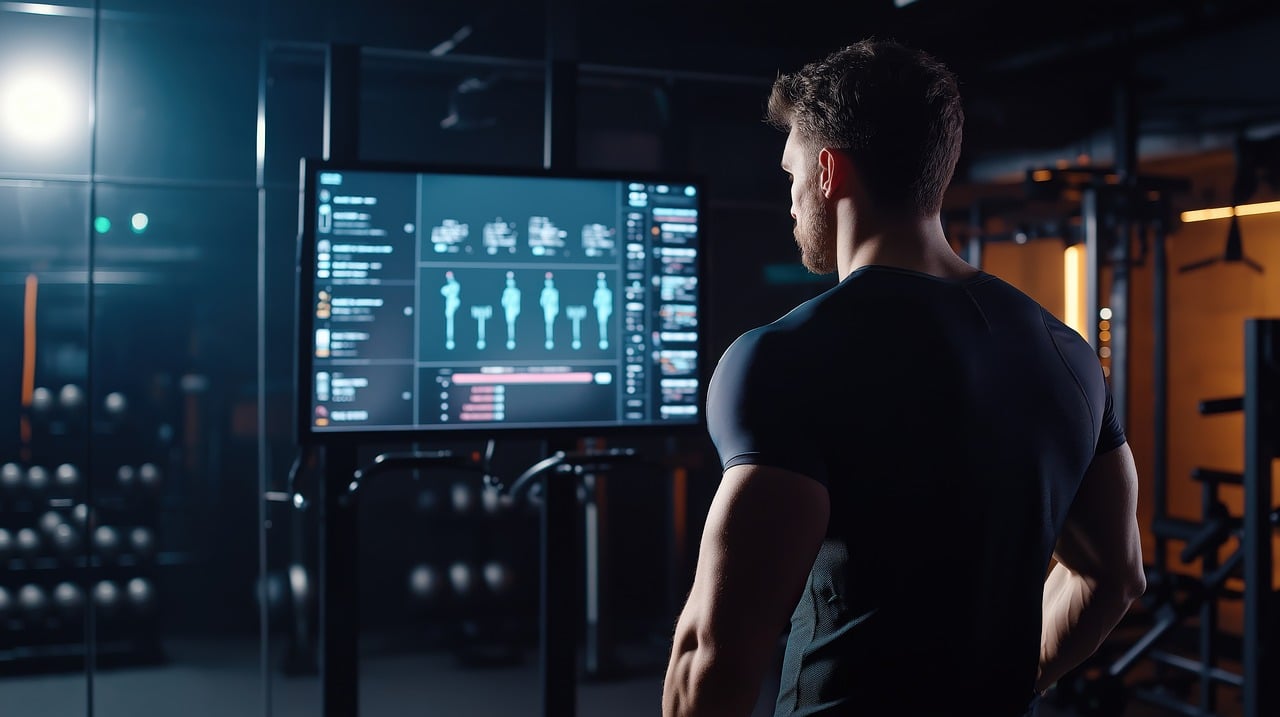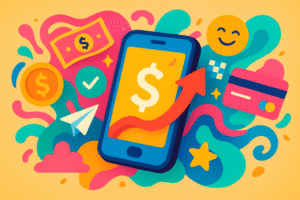Artificial intelligence (AI) is one of the most influential technologies in the world of modern sports. What was once futuristic experimentation is now a part of everyday training, coaching, and fan experiences.
Athletes rely on AI-assisted evaluations, coaches depend on real-time data, and fans interact with games through personalised digital experiences.
AI’s growth has accelerated in just a few years, turning it into an asset for organizations and athletes looking to stay competitive. Whether it’s identifying performance trends or predicting outcomes, AI is changing how the sports industry operates at every level.
AI Performance Analytics
AI-powered performance analytics converts sets of raw data into insights that athletes and coaches can use. These tools gather data from sensors, wearables, tracking software, and video systems, and analyze it with precision and speed that humans can’t match.
One of the most impactful applications is biomechanical analysis. AI evaluates posture, joint alignment, and movement patterns, and highlights inefficiencies or incorrect techniques. Athletes can then adjust their form to improve power or safety.
AI is also important for load management. Machine learning tools monitor training volume, stress, and recovery signals to identify signs of fatigue. It prevents overtraining and keeps athletes performing at their peak.
Lastly, long-term performance tracking helps teams identify small gains or declines that occur over seasons or weeks. These patterns are invisible to the human eye and can be used to inform future training plans.
Fan Engagement
AI has turned fans from passive spectators into active participants. Instead of viewing generalized content, each fan can receive experiences that match their preferences and engagement history.
This customization extends to sports betting as well. Fans who enjoy predictive challenges or analyzing games often turn to offshore betting sites that offer broad markets, real-time odds, and AI-powered analysis tools that improve the betting experience.
AI also improves fan engagement in other ways:
- Personalized content: Algorithms analyze viewing habits and team favoritism to deliver highlights, articles, and match insights handpicked for each fan.
- Chatbots and virtual assistants: These tools are always available and offer real-time updates, help fans figure out ticketing, and assist with merchandise sales.
- Interactive predictions and gamification: Fans can test their knowledge, use AI to make predictions, and compete in challenges across apps and team websites.
Teams across the world have embraced these AI tools. For example, the Golden State Warriors use AI to create immersive VR experiences.
Training, Coaching, And Strategy
AI has become an ally for coaches. Instead of studying hours of footage, coaches can receive real-time insights. This reduces human error, speeds up decision-making, and reveals strategic opportunities that may have gone unnoticed.
AI can be used during competitions to evaluate player positions and possession trends, and suggest adjustments instantly. It can also be used for long-term planning by breaking down historical data to reveal patterns, strengths, and weaknesses of opponents.
Scenario simulations are able to run thousands of virtual game sequences to prepare players for several situations, while substitution optimization tools recommend roster changes based on athlete condition and matchup advantages.
During training, AI can be used to adjust programs to individual athletes. It can track form, improvement, stress levels, and fatigue, and refine workouts to ensure athletes stay safe.
Health Tracking
AI-driven health monitoring is changing how teams protect their athletes. Wearable technology can capture continuous data on movement, sleep quality, hydration, heart rate, and more. AI then interprets these readings to detect early warning signs before injuries occur.
Systems provide instant alerts when they identify concerning patterns like a muscle strain or excessive fatigue. They can also recommend adjustments to training or rest.
Broadcasting Events
AI is transforming sports broadcasting by improving how stories are told on our screens. Instead of simply watching a game, viewers receive more context through automated highlights and predictive insights.
Automated editing tools can identify key moments and generate clips for social platforms. Computer vision systems use smart camera tracking, which follows the action without manual control.
AI graphics overlay live stats, helping viewers understand the strategy behind the game. Additionally, multilingual AI commentary (voice and text) makes broadcasts more accessible for international audiences.








